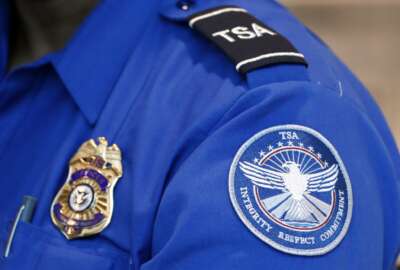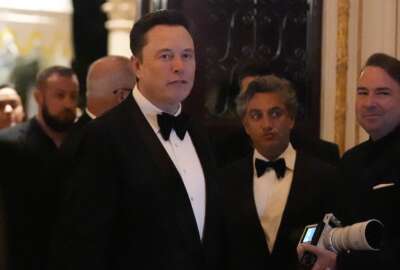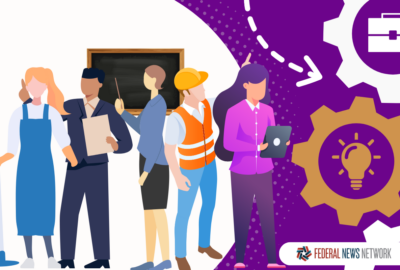Customer experience? Duh, ask the customer!
More agencies should consider the tried-and-true focus group.
Many years ago I ended up on the go-to list for a locally-based, national public opinion research firm. I attended a few focus groups. One was conducted for the benefit of a large hotel operator. Apparently it was in the customer experience business. We focus groupies looked at various room concepts and features and commented on them. Company representatives watched the discussion from behind a one-way mirror. It seemed worth a turkey club for dinner and 150 bucks.
I was a frequent business traveler then. Lo and behold, a few months later I stayed at one of the company’s hotels and found some of the very conveniences — like a useful desk with power outlets — I’d commented on in the focus group. My customer experience improved tangibly. Now even crummy hotels usually have good desks with power outlets built in.
The idea of customer experience research goes back to the dawn of marketing. It’s gained urgency in the information age because of the multiple ways people interact with organizations: in person, on the phone and online. Mail too, for that matter.
Because of the Paperwork Reduction Act — which is not about what it sounds like — other laws, and a bit of cultural taboo, federal agencies have been generally reluctant to directly involve just plain citizens into their planning. There is, in fact, the possibility of bias coming into such research or the setting of false expectations.
The online movement and the relentless improvement in commercial digital services, though, has provided powerful incentives for agencies to get more commercial-like in their research.
Two examples: Veterans Affairs is using flesh-and-blood veterans to design its digital services. According to Denise Kitts, director of the Veterans Experience Office Multi Channel Technology Directorate, veterans themselves contribute directly to the research. Her office is small but has a big charter. Namely, to design digital services that use artificial intelligence and human centered design to work effectively and reliably. It wants to unite the various contact channels such that if a veteran starts an engagement in person, they’ll experience continuity if it continues online, and vice versa. Listen to my interview with Kitts here.
U.S. Citizenship and Immigration Services has initiated rulemaking to extend its authority to do focus groups. It seeks “qualitative feedback through focus groups.” It’s been doing this already but needs to go through rulemaking to continue. It plans on recruiting 3,000 people who would participate in an unspecified number of focus groups lasting 90 minutes. Sounds like a lot of focus groups, because most of them use no more than a dozen people.
USCIS wants “information that provides useful insights on perceptions and opinions” of its services “in accordance with our commitment to improving services delivery.” The request for comments notes that focus groups don’t substitute for statistical surveys or, for that matter, metrics gathered from online services themselves. But when gauging customer experience, focus groups can be highly useful.
As a young magazine editor many years ago, my publisher organized focus groups. I was in the team watching and listening from behind the one-way mirror. I had high-falutin’ images in my mind of my vaunted readers. In trudged a group of, let’s say, less than impressive-looking people. They dug into the sandwiches we’d provided. The publisher elbowed me with a smug grin, saying, “there’s your readers, heh heh heh!” But the readers said things that helped me shape the editorial content, proven in subsequent reader preference surveys.
Anyhow, good for VA and USCIS for using this seemingly old-fashioned way to garner insight into 5G-era services.
Keep in mind, people do watch and see if the organization has listened.
One focus group I attended was for Amtrak. It was testing various branding approaches. One prototype poster for its Northeast corridor service was handsome in a neo-Deco way. But it showed a stylized Washington Monument and Capitol out of order, oriented wrong for the point of view depicted in the poster. People like me and Henry Kissinger were Acela first class regulars then. We notice that sort of thing.
Several focus group members pointed this out. Nevertheless, some weeks later, there in Union Station, I spotted the very poster, still with the landmarks still mixed up.
Copyright © 2024 Federal News Network. All rights reserved. This website is not intended for users located within the European Economic Area.
Tom Temin is host of the Federal Drive and has been providing insight on federal technology and management issues for more than 30 years.
Follow @tteminWFED







